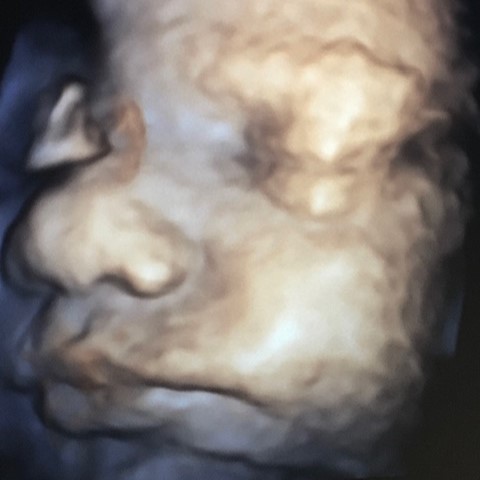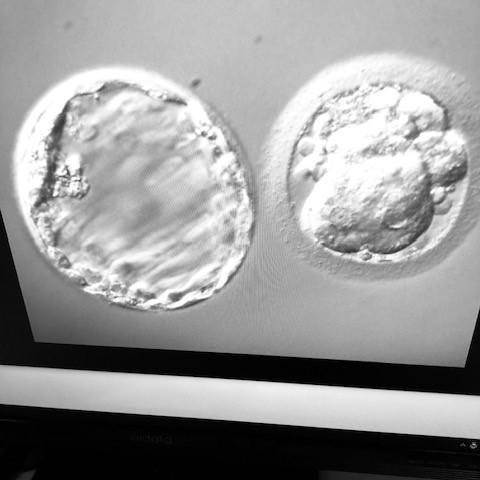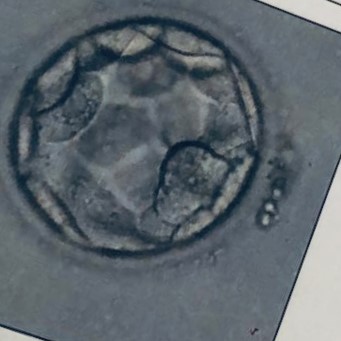When people think of IVF treatment, it is thought that babies develop in laboratory tubes. To be honest, the tube apparatus is not used much in IVF treatments. We mostly use specially prepared embryo-non-toxic sterile transparent small square plates, which we call Petri dishes. The real name of IVF treatment is known as in vitro fertilization, briefly IVF. Its Turkish meaning is fertilization in the laboratory. In this section, as you can read in more detail, the following topics include the procedures we use in IVF treatment and new technological developments.
In IVF treatment, human reproductive cells, which are eggs in women and sperm in men, are fertilized under laboratory conditions and an embryo is obtained. The embryo is the fetus in the early stage of life. The zygote formed after fertilization will divide and multiply. This proliferation always develops in the form of a double increase in the first 3 days. For example, a 3-day embryo is like 8 cells. After the third day, cell proliferation becomes exponential, that is, the 4-day embryo contains nearly a hundred cells, while by the 5th day, there are around thousands of cells.
In vitro fertilization is followed by the egg fertilized with this sperm under laboratory conditions and grown and the embryo is transferred to the uterus in the final stage.
In the IVF treatment, the ovaries are stimulated in order in the woman, so that the number of normally developing eggs is higher. This part of IVF treatment is called ovulation induction or ovulation-enhancing treatment. Hormones or similar drugs are given to women to develop more eggs. These drugs are usually in the form of needles and are in the form of injections made under the skin. Ovulation induction takes approximately 9 to 14 days. This period begins with the woman's menstrual period. At this stage of the treatment, the stimulation of the ovaries by ultrasonography is followed, and the number and size of the growing eggs are monitored. When the desired number and size of eggs grow, the egg collection phase begins.
Ovulation Induction Period
During the ovulation induction period, the patient goes to be examined approximately 3 to 5 times. The frequency of the controls may vary depending on the growth characteristics of the eggs. Ovulation induction or egg enlargement method is the most important phase of IVF treatment because it is a different scenario from normal physiology and requires experience and knowledge in terms of medicine. In this period, even the hours of administration of the drugs are important, and the missed or wrong dose affects the results of the treatment. Therefore, special attention is paid to drug recipes in our clinic, and our specialist nurses take time to explain and teach our patients how to administer drugs. For ovulation induction, it is known as the in vitro fertilization protocol among the people, there are dozens of different methods. The dosage form of the drugs, making different combinations and even the starting days vary from protocol to protocol.
The final stage of ovulation induction is the cracking of the eggs. In order to collect the developed eggs, drugs called cracking needles are applied. This stage is very critical, if the cracking injection is made at the wrong dose or at the wrong time, the whole treatment is compromised and can be cancelled. Egg cracking injection should not be applied before or after. Because if it is applied early, it is possible to obtain the eggs before they are mature. Even if it is applied late, the eggs cannot be found because the eggs are cracked or excessively mature eggs can be obtained, which reduces the success of the treatment.
Egg collection is done under general anesthesia. The collected eggs are fertilized with sperm obtained from the male under a special microscope in the laboratory. Embryos that develop after fertilization are followed and embryo transfer to the uterus is performed approximately 3 to 5 days later. In some cases, embryo freezing is performed on all or the remainder of the embryos.
End of IVF Treatment Time
The result of IVF treatment is learned 10 to 12 days after embryo transfer.
You can visit our Youtube page to get fast and accurate information on pregnancy follow-up, gynecological diseases, drug use trainings, and many more.
Gynecology page.




